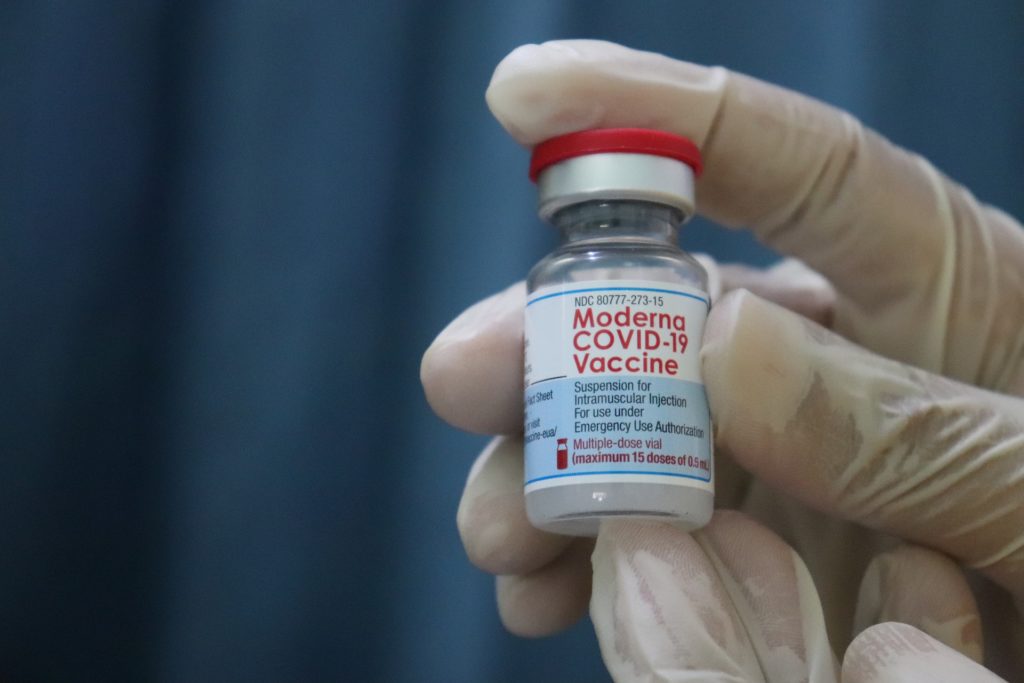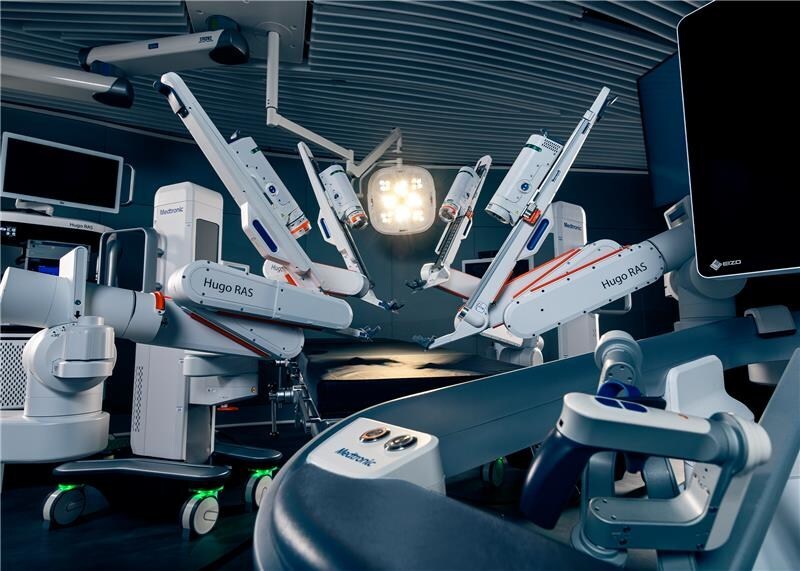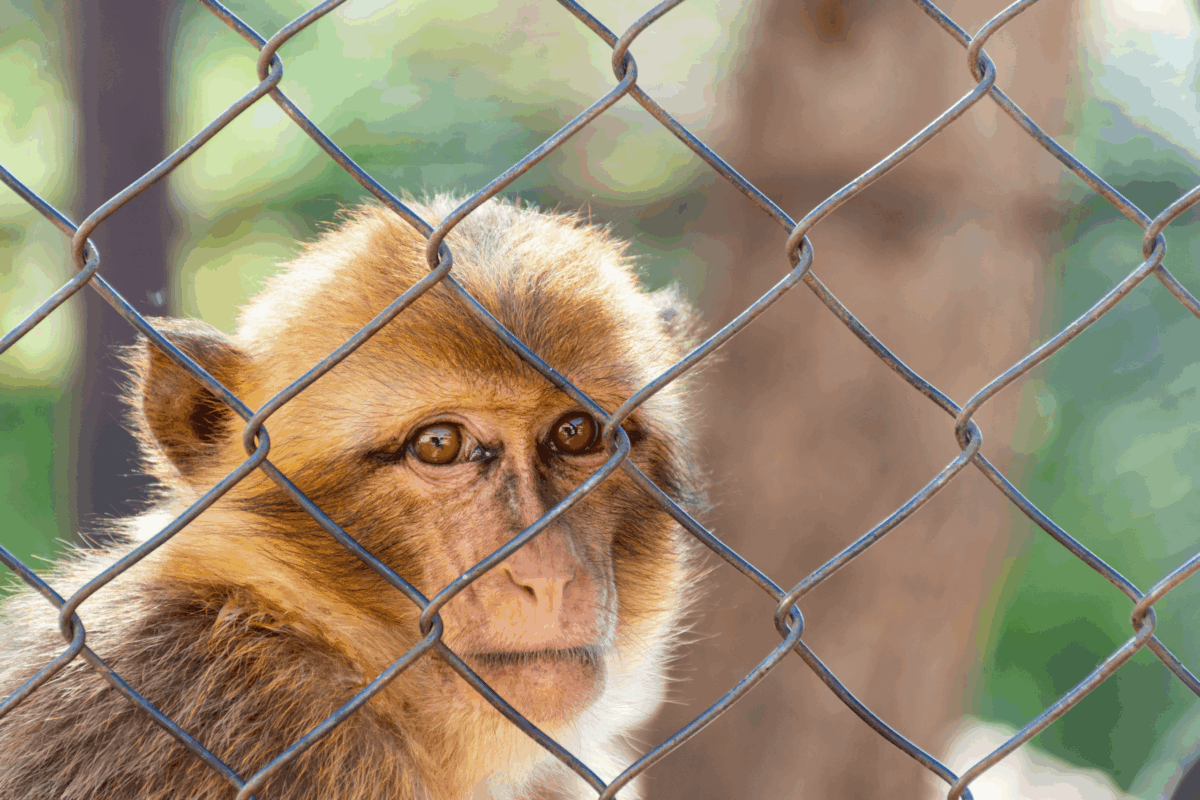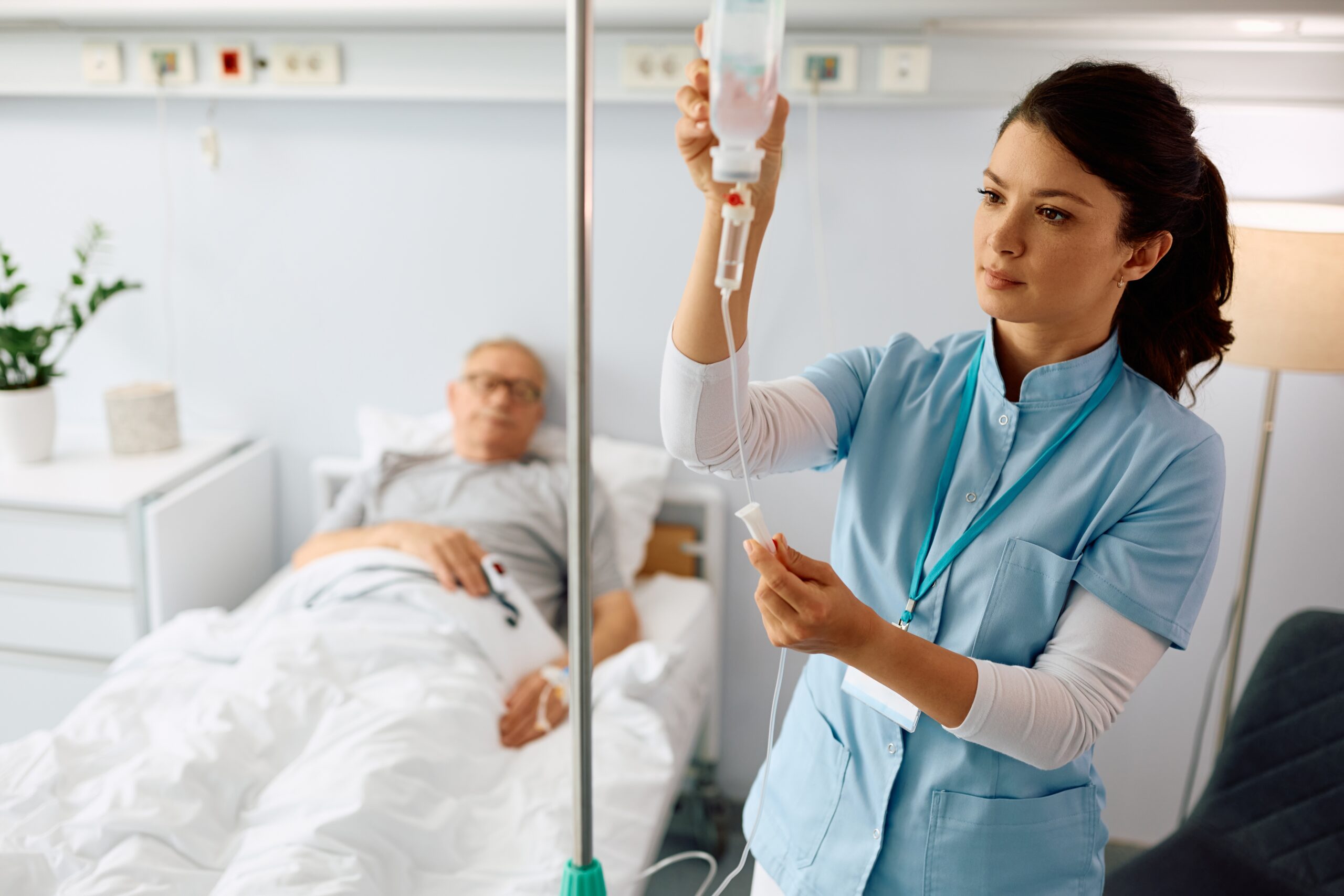Moderna is facing criticism for refusing to share its COVID-19 vaccine formula amid global vaccine shortages and continuing COVID-19 vaccine inequities. As one of two successful mRNA vaccines against COVID-19, along with Pfizer/BioNTech’s vaccine, pressure has been mounting on the vaccine maker to accelerate production and delivery of its shots to countries that are lagging behind in vaccinations over issues of availability and access.
The United Nations (UN) health agency had called on Moderna to share its vaccine formula so that low- and middle-income countries could potentially begin producing their own doses locally.
However, on Tuesday, Moderna told The Associated Press that it has “no plans to share the recipe for its COVID-19 vaccine.” Moderna said its executives concluded that the best way to ramp up vaccine supplies would be for the company to scale up its own production to meet global demands.
Moderna co-founder and chairman Noubar Afeyan said the company came to the conclusion after assessing whether it would be better to share the mRNA technology or expand production to deliver billions of additional doses in 2022.
In response to this, a top official in the Biden administration warned Moderna to “step up” and provide more vaccine doses globally. This, as the White House faces pressure to take stronger action on global COVID-19 vaccine inequities. David Kessler, the chief science officer for the White House COVID-19 response team, said that administration officials had met with Moderna board members to request greater steps from the company to provide doses for the world through the World Health Organization-backed organization COVAX.
According to a New York Times report, Moderna has only delivered 1 million doses of its vaccine to low-income countries, while Pfizer has supplied 8.4 million and Johnson & Johnson is at 25 million of its single-dose vaccine. These numbers are nowhere near the global need of billions of doses.
Concerningly, of the 6.4 billion doses of COVID-19 vaccines administered globally as of October 12, only 2.5 percent have been in African countries. According to Amnesty International, 98 percent of Pfizer’s doses have been allotted to high- and upper-middle-income countries and 88 percent of Moderna’s. Of future deliveries planned for 2022, only 3.4 percent of Moderna’s production and eight percent of Pfizer-BioNTech’s is slated to go to COVAX. Novavax has “taken a more responsible approach, with over 60 percent of their agreed sales to date allocated to COVAX,” said the agency in a recent report.
Related: CDC Says You Can Get Flu and COVID-19 Shots at the Same Time
And it isn’t just Moderna that has been facing the heat. There have been calls for other vaccine makers to also step up their game. Pfizer was among the first to come under fire for not doing enough to address global vaccine inequities. In response, Pfizer announced in May that it would pledge 2 billion doses of its vaccine to low-income countries over the next 18 months. AstraZeneca also came under the radar earlier this year with the EU launching a lawsuit against the company for failing to deliver on its promised number of doses, but that was to the EU.
In May, Moderna committed to arranging 500 million doses for developing countries through the UN-backed COVAX program. Afeyan said 40 million doses would likely begin to ship in the last three months of this year, with the rest heading out next year.
Addressing COVID-19 Vaccine Inequities
COVID-19 vaccination in lower-middle income countries has been an anticipated issue ever since approvals and authorizations for the vaccines began to be given out late last year.
A large part of the problem owes to hoarding of vaccine doses by rich countries. According to Seth Berkeley, chief executive of Gavi, the global Vaccine Alliance, which is a co-leader of COVAX, it is estimated that rich countries acquired about 1.5 billion extra vaccine doses.
In May, Pfizer CEO Albert Bourla addressed the significant vaccine gap between countries in a letter to his colleagues at Pfizer. In the letter, he said the company had taken many steps to help ensure equitable vaccine access, including introducing price tiering, where wealthier nations would pay more for doses than low-income countries, which were offered doses at cost.
Bourla said the company had initially reached out to all nations asking them to place orders. He said he became personally concerned when high-income countries had reserved most of the doses, at which point he “reached out to many heads of middle/low-income countries by letter, phone and even text to urge them to reserve doses because the supply was limited.”
However, he explained that some low-and middle-income countries he contacted decided to place orders with other vaccine makers either because the underlying technology used in Pfizer’s shot was still untested, or there were local production options available.
To address the widening vaccine gap between low-income and higher-income countries, the US announced last month that it would be donating an additional 500 million Pfizer doses to bring its global COVID-19 vaccine contribution to 1 billion.
And although wealthier countries have had good vaccination rates, they’re also preparing themselves for booster doses, which may lead them to hold onto their vaccine supplies, potentially widening the vaccine gap even further.
Intellectual Property (IP) Waivers
IP waivers for the COVID-19 vaccines continue to be a contentious issue that prevents countries from manufacturing COVID-19 vaccines themselves. Like other inventions, including medicines, the COVID-19 vaccines are also legally protected by patents so that they aren’t copied. With legal rights over their discoveries, patents help innovator companies make money, which helps provide incentive for innovation.
However, given the exceptional circumstance of the current COVID-19 pandemic, there have been calls to waive patents on the COVID-19 vaccines, and other COVID-related tangibles. According to the BBC, this includes a proposal that was put forth by developing nations, led by India and South Africa, at the World Trade Organization (WTO) last fall. They appealed to the agency that the recipe for the shots should be made publicly available so that manufacturers in different countries could produce them locally.
Unexpectedly, the US backed the WTO proposal in May to help bolster vaccine supplies around the world. The US, along with the EU, UK and pharmaceutical companies, had initially rebutted the proposal. Some say the US’s change of heart could be a tactic for negotiating licensing rights with vaccine makers down the road.
The issue of patent protection is more complicated than just licensing and profits, though.
Vaccine makers have maintained that waiving patents is not the solution to growing COVID-19 vaccine inequities, as you cannot give someone the recipe without the means or precise know-how for producing the vaccines properly.
For example, the mRNA technology of the Pfizer/BioNTech and Moderna vaccines is new, so not everyone is familiar with it at a production and handling level. BioNTech has said that the manufacturing process for the mRNA vaccines took a decade to develop and it can take over a year to validate new production sites, according to the BBC article. It goes on to say that industry bodies fear that without the proper knowledge and parts, a waiver could lead to issues in quality, safety and efficacy, and even counterfeits.
Challenges of Local Vaccine Production
While it may be a seemingly simple solution to allow countries to produce their own vaccines, it isn’t so simple to set it all up. Building manufacturing facilities specialized for vaccine production is both cost- and time-intensive. For example, among some of the technicalities, the manufacturing buildings require specialized air ventilation systems to ensure proper regulation of temperature and air flow. In addition, specialized equipment for making the vaccines is required, such as bioreactors, chromatography, filtration and purification equipment. And then the buildings need to be approved before vaccine production can go ahead, a process that can take months to over a year.
This is why even rich countries like Canada have been facing issues setting up in-country vaccine manufacturing facilities. The Canadian government announced it would help fund a new vaccine production plant at the National Research Council’s (NRC) facility in Montreal, learning from the current pandemic to plan ahead for potential future manufacturing needs. However, construction delays have forced the country to continue looking for manufacturing partnerships outside of Canada.
So What is the Solution?
With vaccine makers not wanting to give up patent rights and production controls, and some rich countries continuing to sit on their stockpiled doses, many feel the onus is on these very bodies to come up with solutions to address the continuing COVID-19 vaccine inequities.
One solution would be for vaccine makers to significantly ramp up production and improve supply chains for prompt deliveries, and the other is for rich countries to donate more of their shots.
Another way to alleviate vaccine shortages is through partnerships, such as the one between the Serum Institute of India (SII) and AstraZeneca/University of Oxford. However, we have seen some issues crop up with such collaborations; for example, some countries were initially not accepting individuals into their country who had received the SII-manufactured version of the AstraZeneca shot. These kinds of details will need to be ironed out if we are to ensure fair and equal access to vaccines around the world.
Relying on other nations to donate vaccine doses is certainly not a good place to be, which is why some countries still contend that local vaccine manufacturing must be a part of the solution moving forward. They cite that vaccine production monopolies are to blame for the vaccine crisis, which also extends to shortages and development of other vaccines.
According to the Global Vaccine Market Report from the World Health Organization (WHO), there are just five large vaccine manufacturers globally: GSK, Sanofi, the SII, Bharat Biotech International Limited (BBIL) and Haffkine. Collectively, they produce 60 percent of the world’s total vaccine volume. Meanwhile, GSK, Pfizer, Merck and Sanofi control 90 percent of global vaccine value.
A report from Pakistan expressed concern “that with only a few groups involved in vaccine development and manufacturing, access to vaccines in low- and middle-income countries is dependent on the inclination of the leads in the industry. Except for a few diseases, such as yellow fever and Japanese encephalitis, many other diseases that may have significant impact on a smaller geographical population fall low on the priority list of global vaccine manufacturers and financiers.”
They acknowledge that while many lower income countries currently do not have the economic, technical and human capital for vaccine development and manufacturing, government-industry partnerships could help alleviate this.
Despite the global community having come together to set up the Access to COVID-19 Tools (ACT) Accelerator platform, which includes COVAX, people in vaccine-manufacturing countries have obviously benefited early while others continue to wait, says COVAX. They say, “among other lessons, one to take away from the pandemic is that low-income countries should build the capacity for in-country vaccine manufacturing to address local vaccine requirements and be better prepared for the next health challenge.”
For now, however, companies like Moderna remain confident that they will be able to meet global vaccine demands and help curb COVID-19 vaccine inequities.
“Within the next six to nine months, the most reliable way to make high-quality vaccines and in an efficient way is going to be if we make them,” Afeyan said. He said appeals by agencies like the WHO and UN assume “that we couldn’t get enough capacity, but in fact we know we can.”












Join or login to leave a comment
JOIN LOGIN